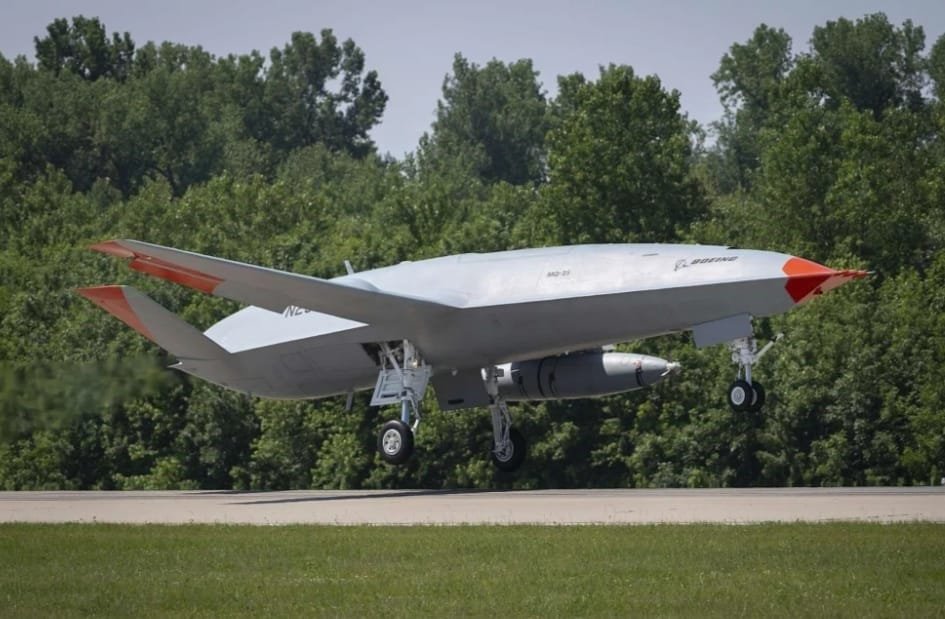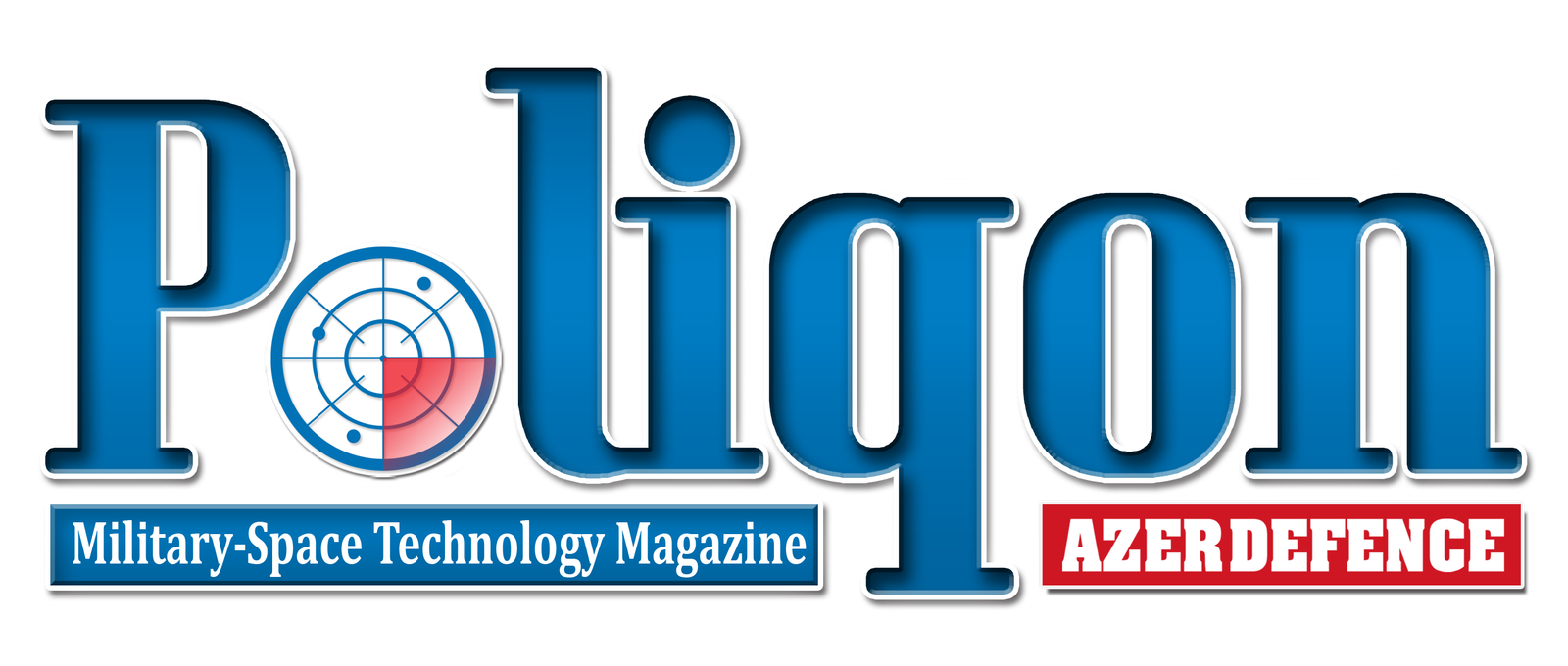
Boeing Develops New Land-Based Version of MQ-25 Autonomous Aerial Refueling System for US Air Force
On September 16, 2024, at the Air & Space Forces Association’s Air Space & Cyber Conference, Boeing unveiled a new land-based version of its unmanned MQ-25 tanker, specifically adapted to meet the future refueling needs of the U.S. Air Force (USAF). This new design significantly expands the capabilities of the device, aiming in particular to refuel Collaborative Combat Aircraft (CCA) in contested airspace.
According to Boeing officials, this new land-based model of the MQ-25, named the MQ-25 Land-Based Variant (LBV), features a wingspan extended to 92 feet from the 75 feet of the Navy’s Stingray version. This modification eliminates the need for folding wings, a requirement for the carrier-based version, and increases the fuel capacity in the wings by 40%.
Although this project is developed internally at Boeing, it is designed in consultation with the Air Force. It aligns with the Air Force’s ongoing analysis of the Next-Generation Aerial Refueling System (NGAS), whose conclusions are expected this fall. This analysis anticipates an integrated approach involving multiple systems, including a smaller autonomous tanker for operations in high-risk areas.
John Scudi, interim director of the MQ-25 advanced capabilities program and senior manager of business development at Boeing, emphasized that the land-based adaptation of the MQ-25 could also serve intelligence, surveillance, reconnaissance, airborne early warning, and electronic warfare missions. The LBV was presented at the conference with an image showing the device receiving fuel from a KC-46’s wing refueling pods. Notably, the LBV uses a hose-and-drogue system instead of a refueling boom, initially focusing on aircraft equipped with a receiver probe.
Scudi also mentioned that the use of the LBV could be extended to refuel CCAs, anticipating possible adaptations to meet the more complex needs of future CCA increments. Additionally, the LBV could be used to refuel U.S. Navy fighters already equipped with receiving receptacles.
The innovative design of the LBV seeks to maximize the investment already made by the U.S. Navy in the MQ-25 program, with the main change being the widened wings. After thousands of hours of modeling and simulation, Boeing settled on the 92-foot wingspan, which not only increases fuel capacity but also adds two additional 3,000-pound pylons that could carry refueling equipment or other systems, including weapons.
As a reminder, the MQ-25 Stingray, intended for the Navy, is an unmanned aerial refueling aircraft developed by Boeing for the U.S. Navy. Designed primarily to extend the combat range of carrier-based aircraft such as the F/A-18 Super Hornet and the F-35C Lightning II, the MQ-25 increases operational flexibility and endurance. It represents the first operational carrier-based unmanned aircraft in U.S. naval aviation, marking a significant advancement.
The aircraft is equipped with sophisticated avionics and an aerial refueling system capable of delivering approximately 15,000 pounds of fuel 500 nautical miles from the carrier, fundamentally transforming the role and capability of carrier air wings.
Currently, six MQ-25s are under production at Boeing’s facility in St. Louis, Missouri. Of these, one is intended for static tests while the other five are development, engineering, and manufacturing (EMD) models. These EMD models are essential as they serve as aerial test vehicles, laying the groundwork for the eventual Low-Rate Initial Production (LRIP). The first flight of an MQ-25 EMD is scheduled for December 2025.
Additionally, Boeing plans to relocate MQ-25 production to MidAmerica St. Louis Airport in Mascoutah, Illinois, by the end of 2025. This move is part of a broader strategy to transition the MQ-25 program from development to full-scale production.
In a significant development effort, Boeing’s team is also focusing on internally funded software improvements. This new software would enable a USN F/A-18 Super Hornet or E-2D Hawkeye to remotely control MQ-25s. The main function of this capability is to allow aircraft requiring refueling to directly command the Stingray in its flight path and refueling operations.


